The Broncolor Siros L 400 and 800Ws Heads
When the Broncolor Siros L units were announced back in May, I was excited that Bron had an option for a studio head with an integrated battery. Sometimes, the pack, head and cable of the more powerful Move 1200 can be cumbersome, especially during wedding formals or when I’m working solo. The units are quite heavy, but it’s to be expected when putting that battery power up at the top of a stand. The lights come in a 400Ws and 800Ws configuration respectively.
The heads also feature a host of other cool options, such as integrated WiFi with a companion application for remote control, LED modelling lights, a speed mode for fast flash durations, an eco mode for slower recharging but better battery life, and an improved handle/swivel over the original Siros lights.
When the Broncolor Siros and Siros S (non-battery units) were initially introduced, Broncolor advertised a “Pocket Wizard” compatible unit with an integrated receiver and announced a specialized flash tube that would increase flash durations and improve HyperSync abilities. Unfortunately, that product was scrapped and I don’t believe any made it to market.
When the Siros L lights were released in May, I curiously spotted a “high sync” mode buried in the features list. I was skeptical given the previous Siros, but willing to dig deeper and see just how well it worked. Unfortunately, I couldn’t even find anything more than “High Sync Mode”. Not even a mention of it in the manual [PDF], no blog posts about its ability. In fact I could only find it mentioned in a manual for the older Siros PW lights. There was no info about this mode, it’s speeds, it’s limitations, so I set to testing.
Activating HiSync, HyperSync, High Sync... HS Mode
High Sync mode can be activated on the Siros L in one of two way:
- On the Rear of the Flash – pushing in the rear knob of the Siros L provides access to enable or disable different modes. Simply cycle to the HS lit and turn it on.
- Through the BronControl iOS App – enable the WiFi on a Siros L and connect to it on an iOS device. Open the BronControl app and tap on the connected Siros head. This will open the head settings, where you can tap to enable HS Mode.
Now we just needed a way to trigger this newfound ability. The Broncolor RFS2.1 does not have a HyperSync mode to adjust the timing of the flash with the camera, and I suspect this is the reason Broncolor has been a bit tight-lipped on the subject. I connected the Phottix Odin II for Nikon and used my D800 with the Sigma 35mm and 50mm Art lenses for the test.
Before enabling HS Mode, the Siros L flashes have a power range of 2.0 to 10.0.
With HS Mode enabled on the Siros L 400 or 800, minimum power drops to 4.0.
The Bike Shot
This is Hank. Hank has Type 1 Diabetes and is training for the Ironman triathlon. Pretty impressive, so I had Hank stand in for some portraits during a video project we were working on together. This was the first proof of the Broncolor’s High Sync ability. The flash was set to 7.0 on the power scale. The ability to use f2 and give a nice shallow depth of field is exactly what I was looking for. Shot on the Sigma 50mm f1.4 DG HSM | Art.
1/2500 @ f2.0 – ISO 400.
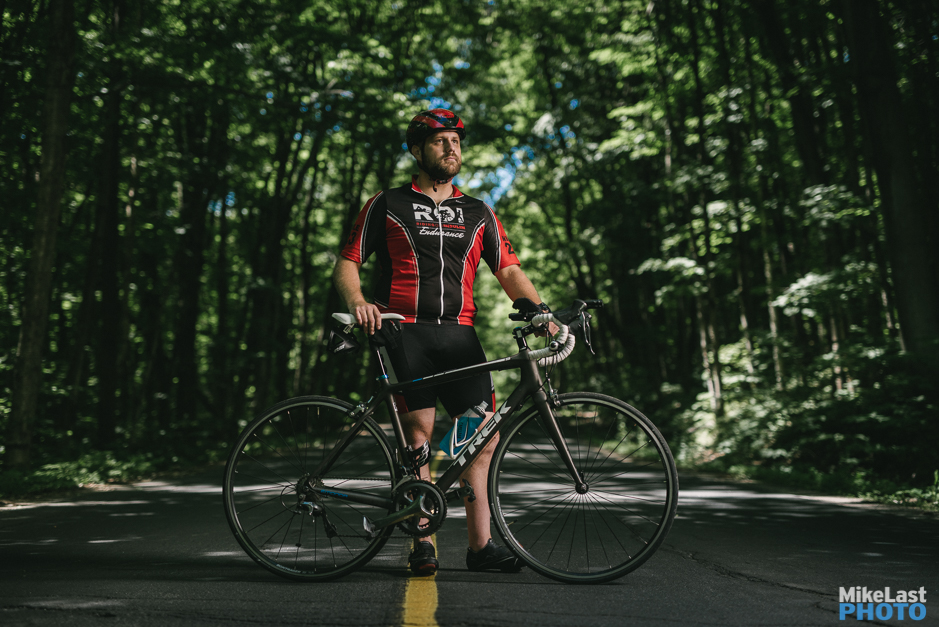
The Bike Shot – Behind the Scenes
Thanks to Jeff for standing in as our voice activated light stand. Broncolor Siros L 800 fired into the Elinchrom 53″ Octa. Phottix Odin Receiver plugged into the Siros L.
The Swim Shot
The second shot with Hank was for the swim. In this setup, I went with a single light using the standard P70 7-inch reflector. Below, you’ll see the reason I love HyperSync.
Before: 1/250 @ f/16 – ISO 100. Lots of depth of field, 7.5 power required from the flash.
After: 1/8000 @ f/2.8 – ISO 100. A lot less depth of field, only 4.5 power required from the flash.
The issues with high speed packs that can HyperSync, such as the Broncolor Move 1200L, is that they need to be run at full power (10.0) in order to get a flash duration slow enough to HyperSync. So, when working up close in situations like this swim portrait, I need to put ND Gels over the lights or an ND filter on the lens to kill some of that power. Firing your flash at full power all day long is a quick way to run through batteries, and an even quicker way to burn the retinas of your subjects. This portrait, quite hot on the main Broncolor light, was shot at f/8 with the light at 7.5 power, simulating the issues I regularly see with the Move pack and balancing light between the flash and ambient.
Dialing the power back to 4.5, and opening the aperture to f/2.8, we finally start to see the balance we were looking for. Not something that is easily achieved with other HyperSync’ing studio strobes.
The Swim Shot – Behind The Scenes
Conclusion
I found it strange for Broncolor to leave the ability to HyperSync out of their literature, but I’m happy to find it buried in the menus and working better than I’d hoped. Full coverage of the frame, right up to 1/8000, with the ability to power down to 4.0 on the flash with no noticeable drawbacks. With Photokina a few months away, it would be safe to expect Broncolor to unleash the full potential of the HyperSync system with a new RFS system. I’ve got my fingers crossed they will add this firmware to their existing Move packs!
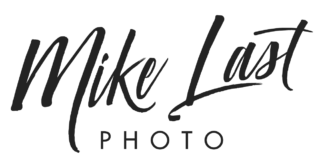


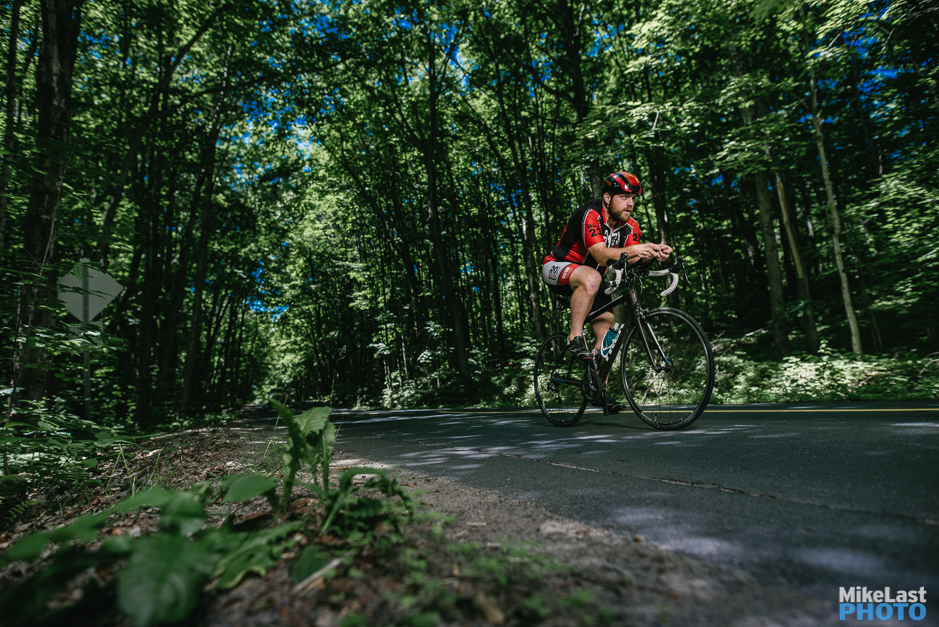
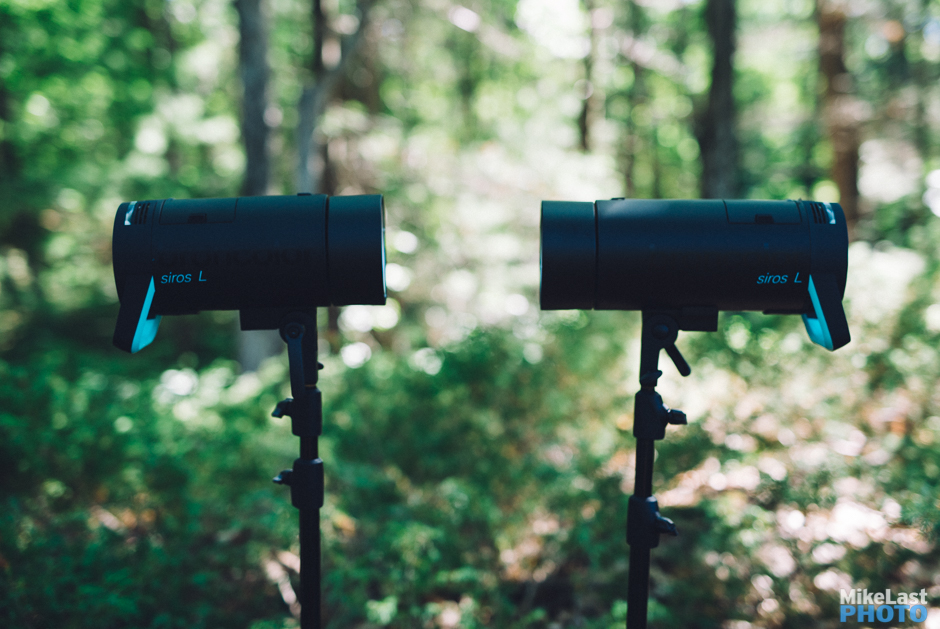
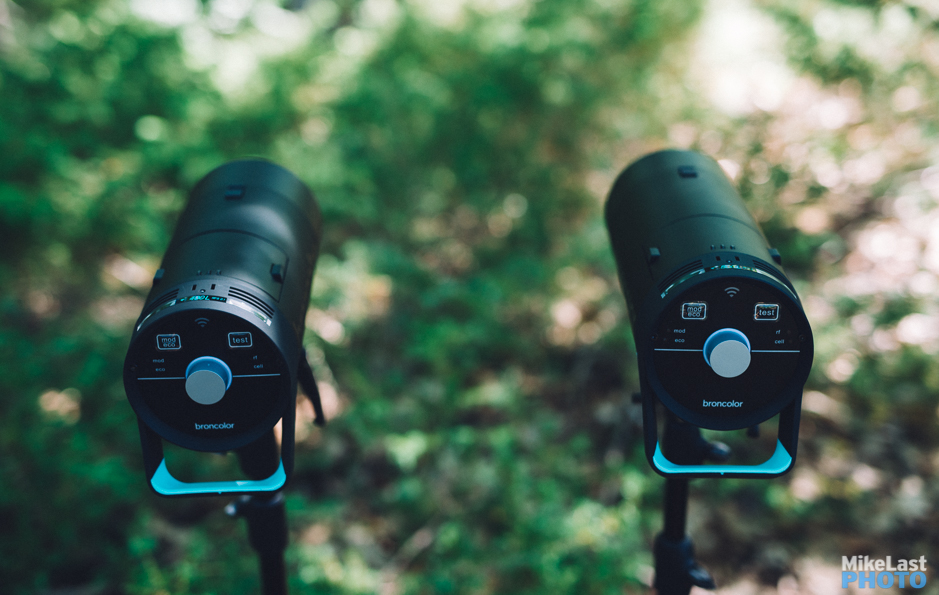
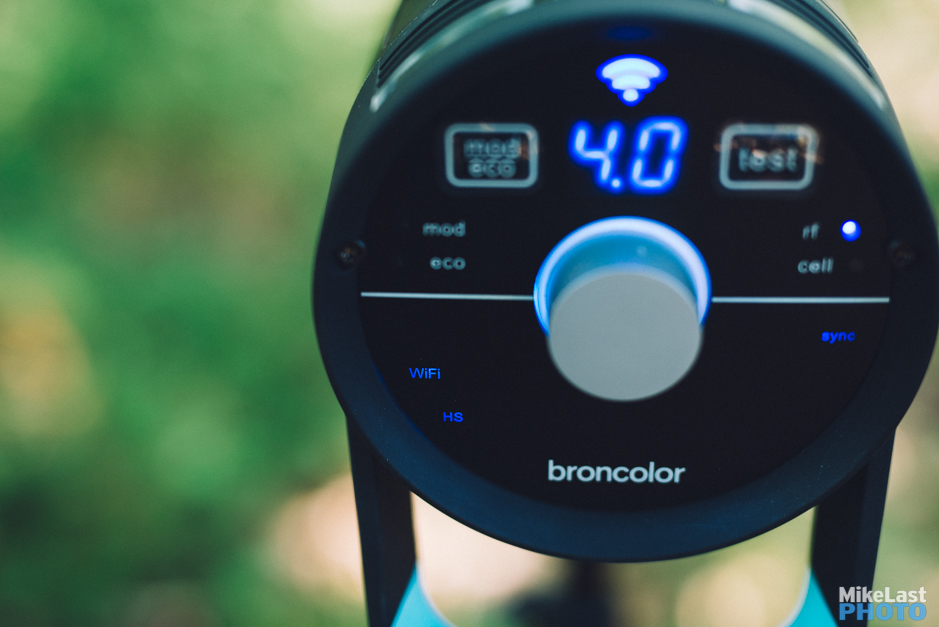
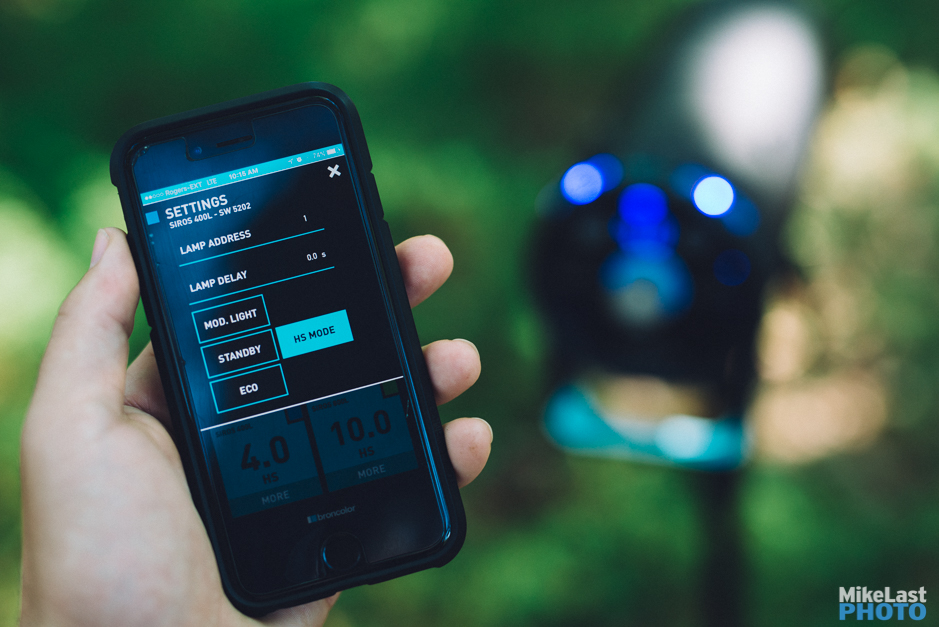
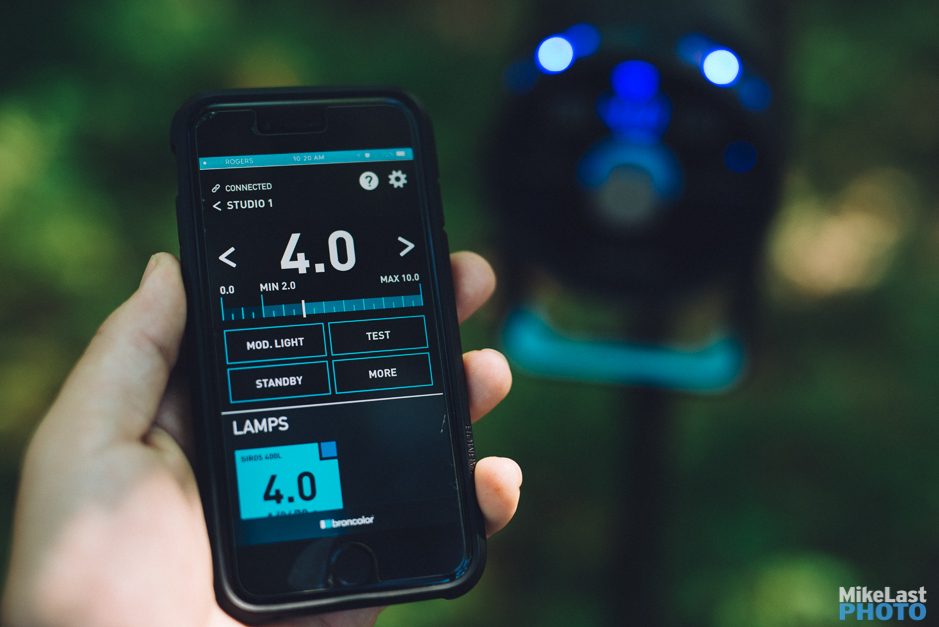
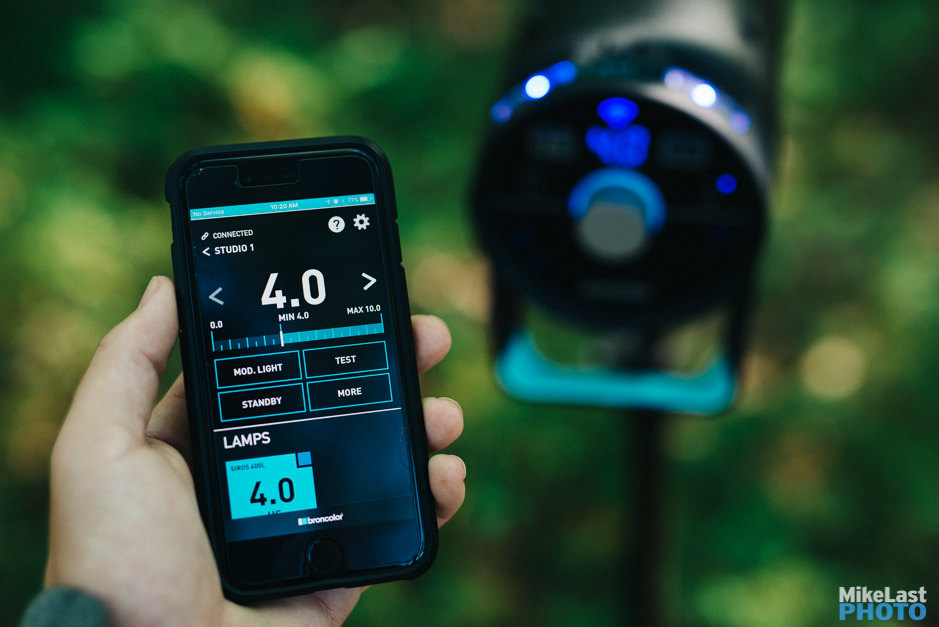
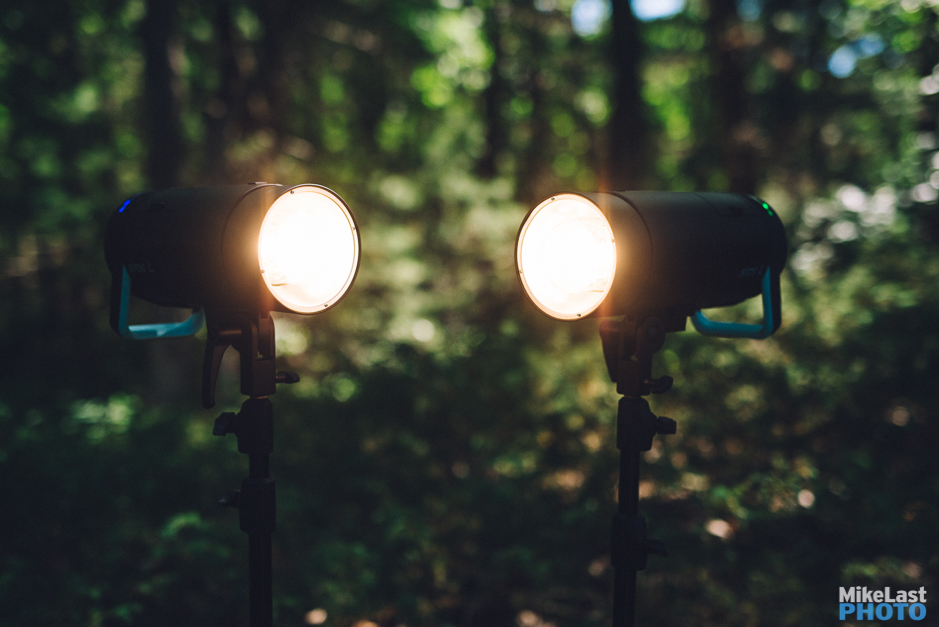
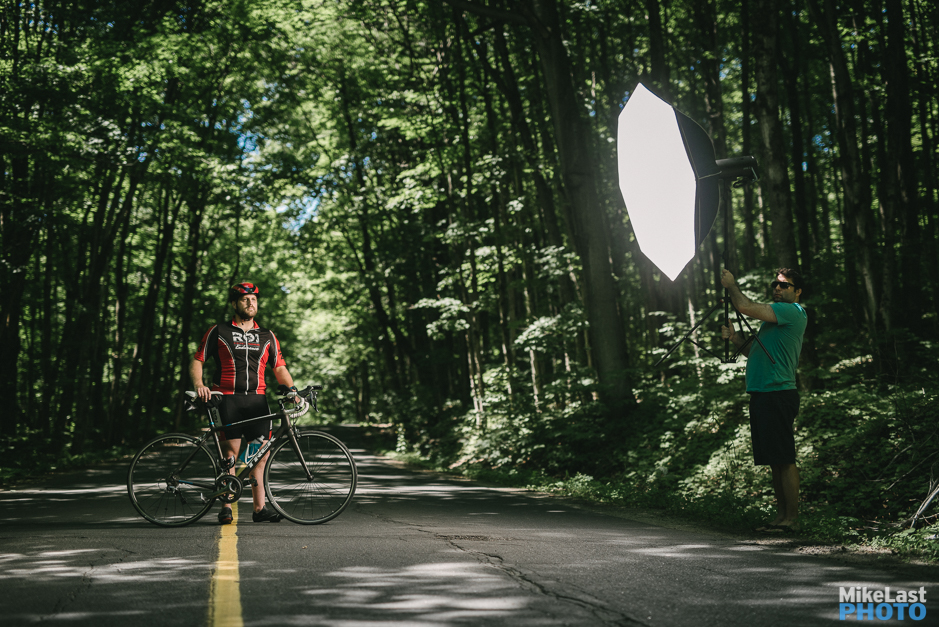
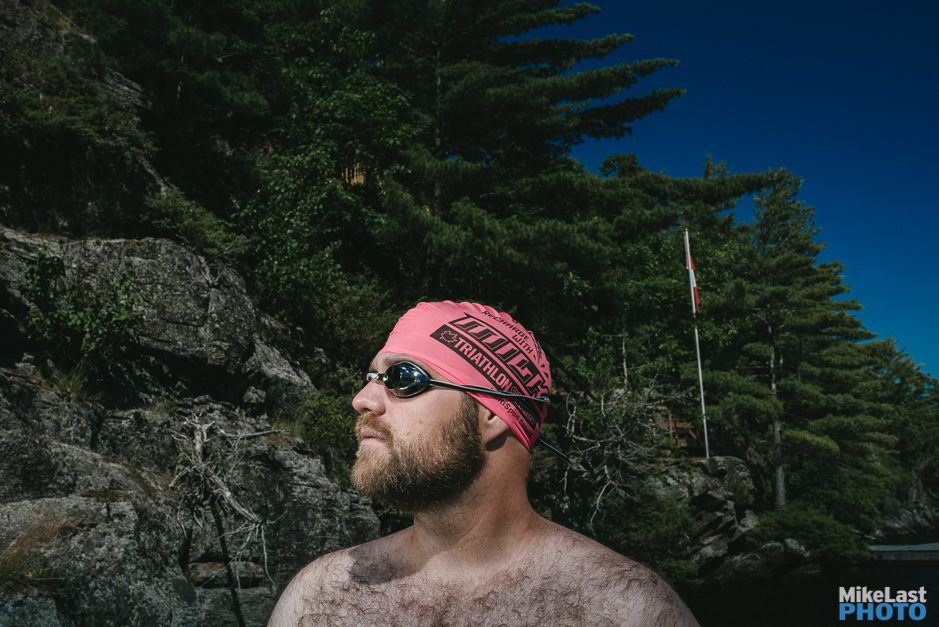
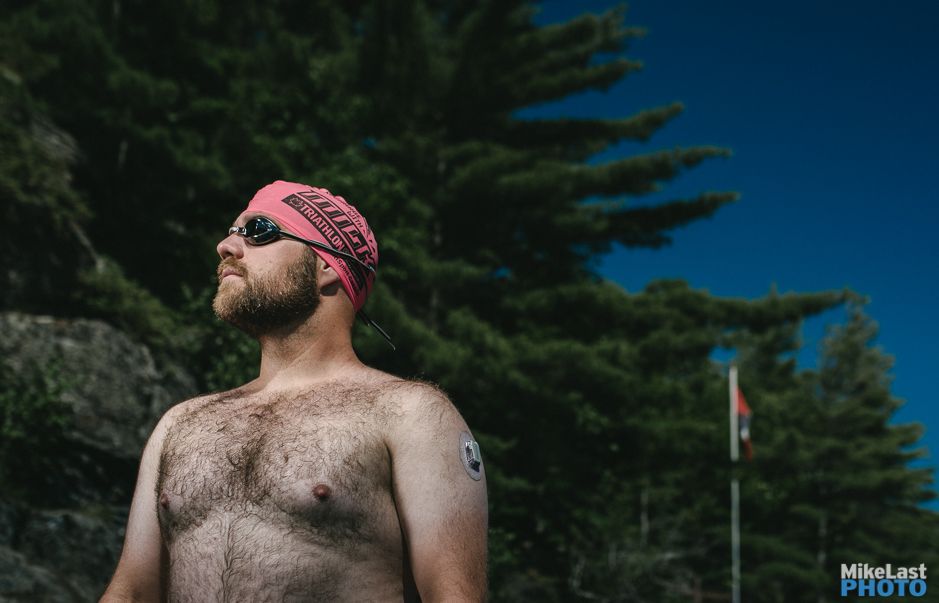
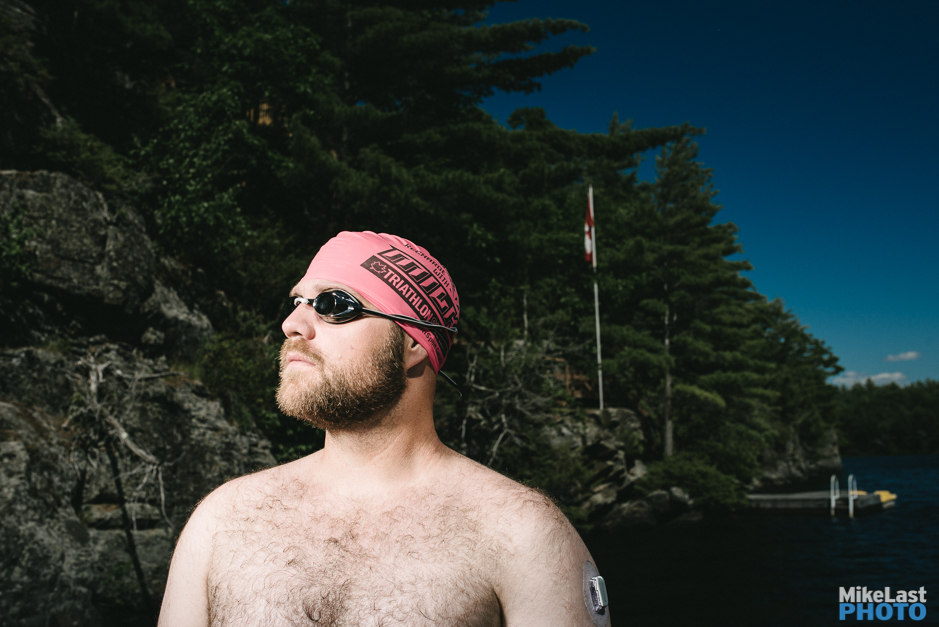
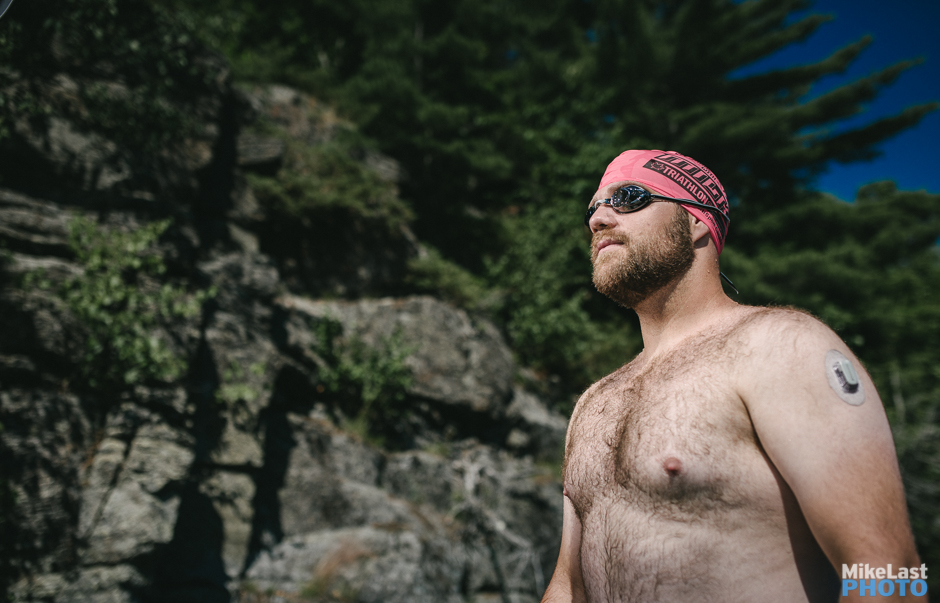
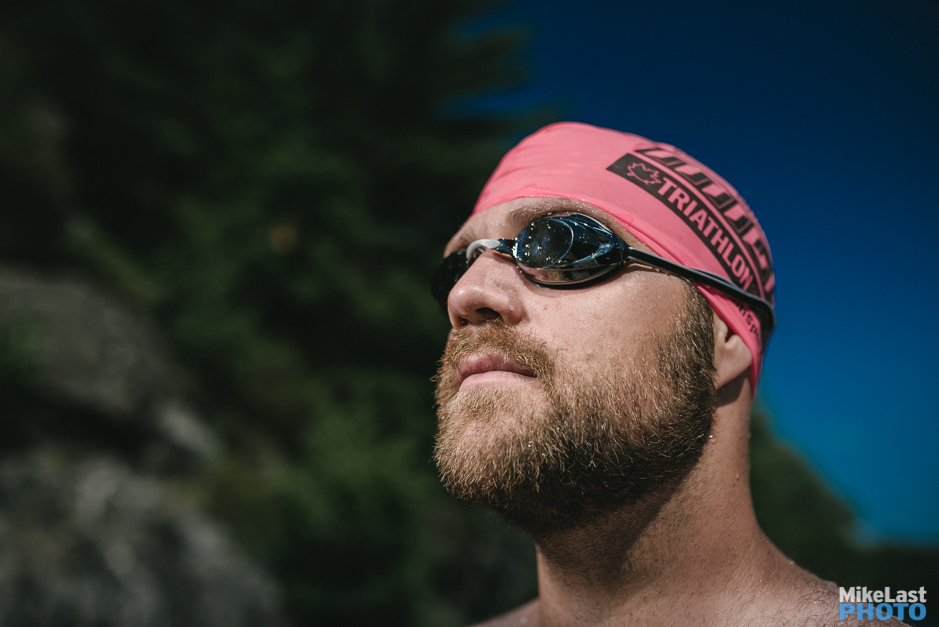
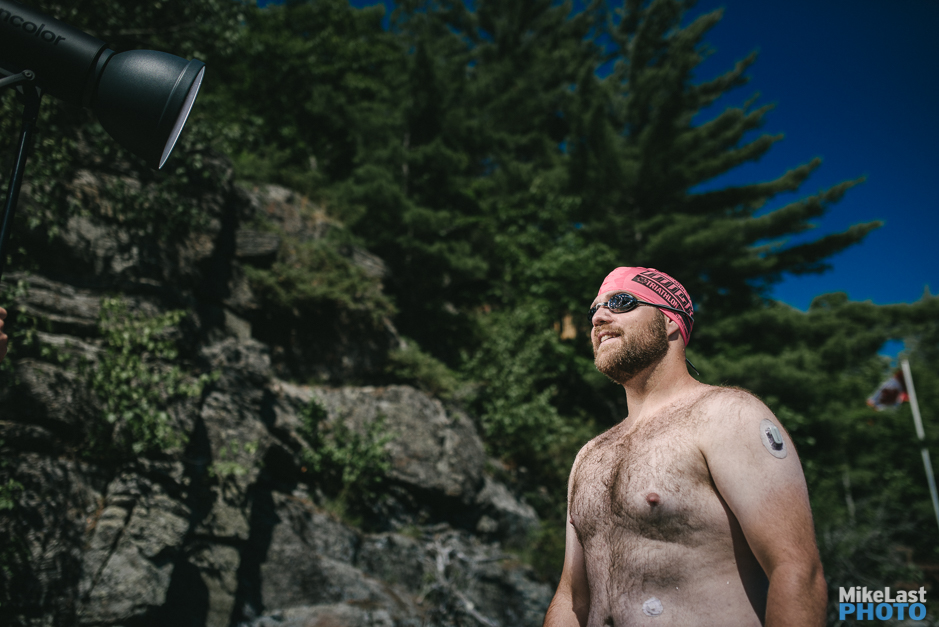
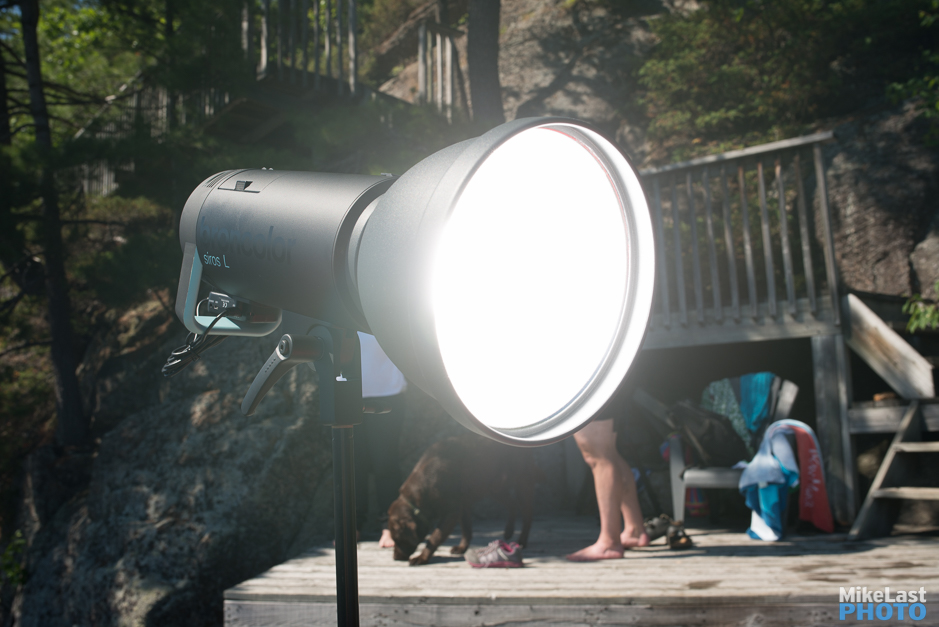
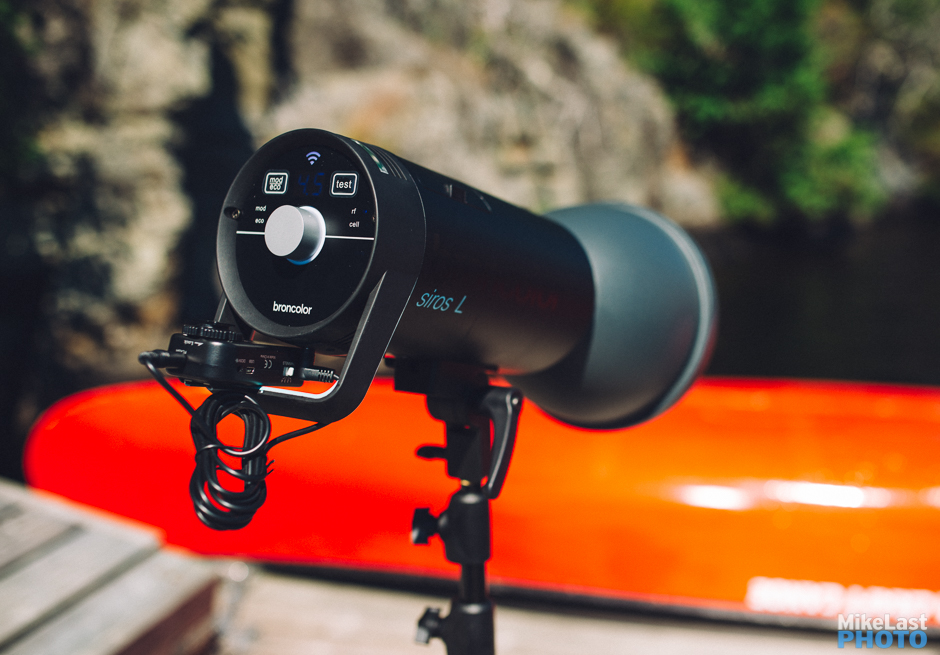
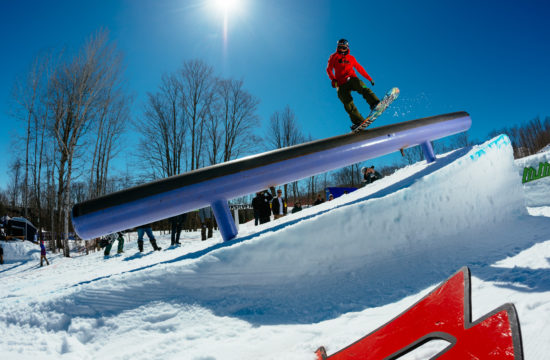

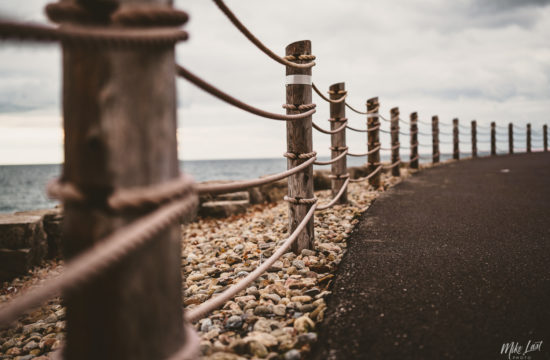
Thanks for checking out the article Doug. I’ve long been a proponent of leaf shutter systems for their flash sync speeds (or electronic shutters from the days of the D70), and wish they were available for more systems. I’ve shot Bronica, Hasselblad H4D and Phase 645DF w IQ160/180. Not sure if you’ve seen the video I shot with the IQ160 and Move1200: https://www.mikelastphoto.com/blog/2013/02/testing-the-new-broncolor-move-1200-system-mount-st-louis-moonstone-on/
Love shooting on the Phase, but it is a big price to pay to overcome the limitations of Hypersync. Fortunately, my good friends at B3K Digital are a huge supporter.
This is a clear write up with strong images.
Still it seems like a lot of work, with a lot of limitations and loss of effective power, in order to get around the limitations of a focal plane shutter. Have you had the opportunity to work with a leaf-shutter lens system? I’m highly biased (I work at a Phase One dealer) but the freedom of not having to worry about any of the fuss, and just adjusting shutter and aperture independently without loss of effective power… it’s a much cleaner experience.